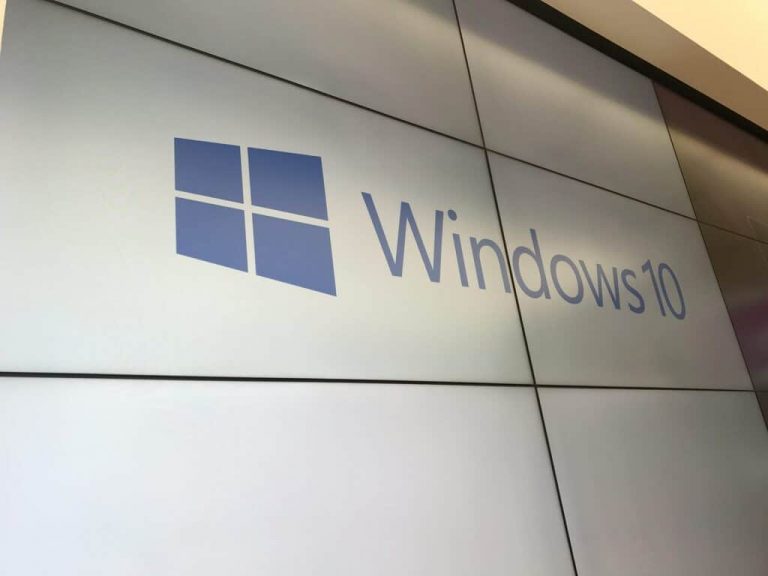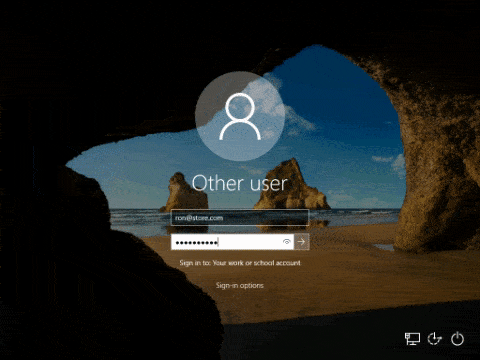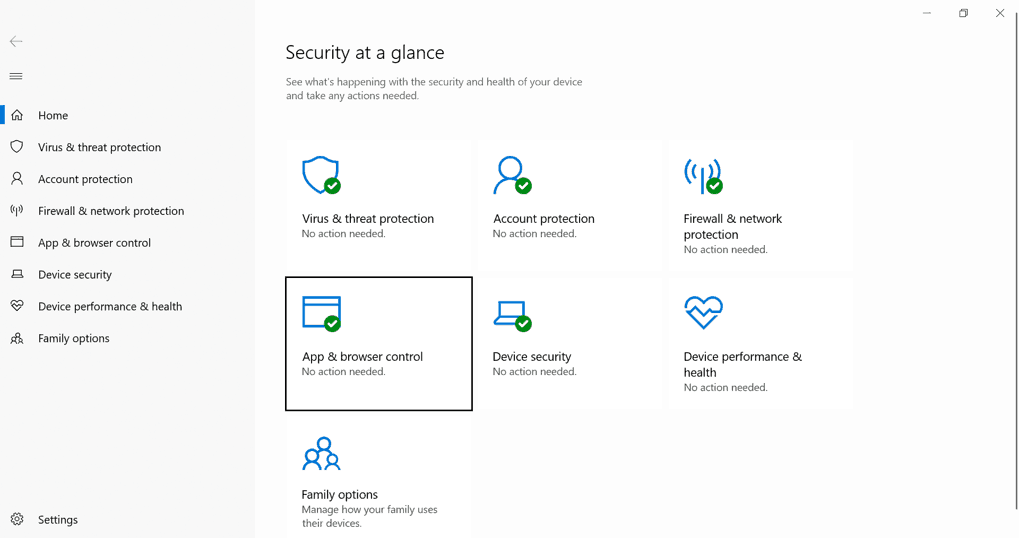It’s time for a mid-week treat, as Microsoft today released Windows build 17713. This build is a big one, as it comes packed with plenty of cool new features, like Web Sign-in to Windows 10, Remote Desktop with Biometrics, and more. Here’s what you need to know before installing on your PC.
Generally speaking, this builds adds some improvements to Edge, including per-side media autoplay, look up definitions in Books, and some polish for the PDF reader. In addition, the build improves on Notepad, adding in enhancements for wrap-around, find and replace, zooming, and more. You’ll also find this build adds a new faster sign in on shared PCs, and Inking updates so the embedded handwriting will now be the default experience for text entry with a pen in modern applications.
On the bigger business side of things, Microsoft also made is so Azure Active Directory and Active Directory users using Windows Hello for Business can use biometrics to authenticate to a remote desktop session. Finally, Microsoft has added support for Web Sign-in to Windows 10 on Azure AD Joined PCs, and also improved on Windows Defender Application Guard. See below for more on each of these features.
Edge Improvements
- You can now control autoplay permissions on a per-site basis under the “Website permission” section of the Website Identification pane – just click the information icon or lock icon on the left side of the address bar and click “manage permissions” to get started.
- We’ve added a new dictionary function, so you can look up definitions for key words when reading a page or document. Simply select a single word to see the definition appear above your selection.
- You can choose to have a word read aloud to you to hear the correct pronunciation or expand more details from the definition. You can toggle whether definitions appear and which types of content they work in under the “General” tab of the Microsoft Edge settings menu.
- The toolbar available on a PDF document opened in Microsoft Edge will now show text descriptions for the icons to make them easily understandable. by the users. New options like “Add notes” are now available in the toolbar so that these tools are handy when you need them.
- The toolbar can now be pinned at the top of the document, making all the PDF tools easily accessible if you need them. You can also unpin the toolbar for an immersive reading experience. If the toolbar is unpinned, it will hide itself – just hover over the top area to bring it back.
- We’ve included a bunch of rendering performance fixes with this build. Now you will see less and less of the white pages when you navigate through PDF files in Microsoft Edge.
Notepad
- Wrap-around find/replace: We’ve made significant improvement to the find/replace experience in Notepad. We added the option to do wrap-around find/replace to the find dialog and Notepad will now remember previously entered values and the state of checkboxes and automatically populate them the next time you open the find dialog. Additionally, when you have text selected and open the find dialog we will automatically populate the search field with the selected text.
- We’ve added options to make it quick and easy to zoom text in Notepad. There is a new menu option under View > Zoom to change the zoom level and we display the current zoom level in the status bar. You can also use Ctrl + Plus, Ctrl + Minus and Ctrl + MouseWheel to zoom in and out and use Ctrl + 0 to restore the zoom level to the default.
- A long outstanding request has been to add the ability to display line and column numbers when word-wrap is enabled. This is now possible in Notepad and we’ve made the status bar visible by default. You can still turn the status bar off in the View menu.
- We’ve improved the performance when opening large files in Notepad.
- Notepad now supports Ctrl + Backspace to delete the previous word.
- Arrow keys now correctly unselect text first and then move the cursor.
- When saving a file in Notepad, the line and column number no longer reset to 1.
- Notepad now correctly displays lines that don’t fit entirely on the screen.
Faster sign-in to a Windows 10 shared PC
- Do you have shared PCs deployed in your work place? Do you wish that signing in to a PC with your account was faster? Starting with this build, we are introducing “Fast Sign-in,” which enables users to sign in to a shared Windows 10 PC in a flash!
- To enable Fast Sign in,
a)Set up a shared or guest PC with Windows 10
b)Set the following policy to enable Fast Sign in (Policy CSP/Authentication/EnableFastFirstSignIn)
c)With the policy enabled, sign-in to a shared PC with your account and notice the difference!
Inking Updates
- We introduced the embedded handwriting panel with the April 2018 Update, and after taking some time to refine the experience based on your feedback, in RS5 the embedded handwriting will now be the default experience for text entry with a pen in modern applications. Just tap a text area, like a search box, and it will expand to give you a comfortable area in which to write.
Windows Defender Application Guard Improvements
- Windows Defender Application Guard introduced a new user interface inside Windows Security in this release. Standalone users can now install and configure their Windows Defender Application Guard settings in Windows Security without needing to change Registry key settings. Additionally, users who are managed by enterprise policies will be able to check their settings to see what their administrators have configured for their machines to better understand the behavior of Windows Defender Application Guard. This new UI aims to improve the overall experience for users to manage and check their Windows Defender Application Guard settings. As long as devices meet the minimum requirements, these settings will appear in Windows Security.
Web Sign-in to Windows 10
- Until now, Windows logon only supported the use of identities federated to ADFS or other providers that support the WS-Fed protocol. We are introducing “Web Sign-in,” a new way of signing into your Windows PC. Web Sign-in enables Windows logon support for non-ADFS federated providers (e.g. SAML).
- To try out Web Sign-in: Azure AD Join your Windows 10 PC. (Note: Web Sign-in is only supported on Azure AD Joined PCs). Set the following policy to enable Web Sign-in (Policy CSP/Authentication/EnableWebSignIn) On the lock screen, select Web Sign-in under Sign-in options. Click on the “Sign in” button to continue.
As you can tell, there is a lot to play with in this build, especially if you’re a business user. Fire up those VM’s and Insider PCs now and get downloading. Once you’ve updated, let us know how the build is running for you by dropping us a comment in the section below.








